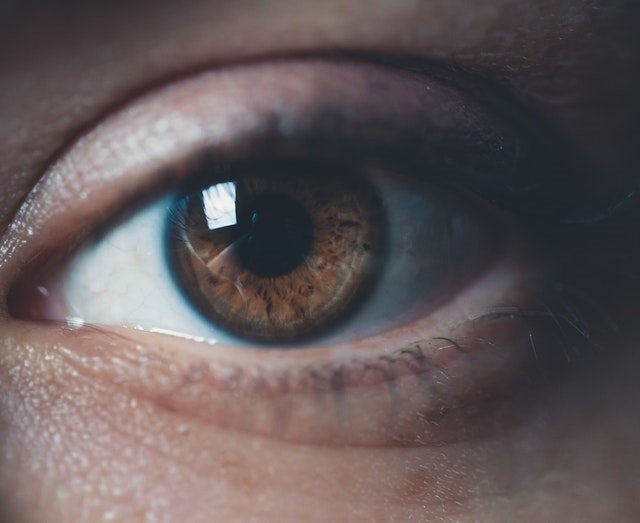
In a new study, researchers found dry eye disease is dangerous for people with diabetes, especially those with type 2 diabetes.
The research was conducted by a team from Glasgow Caledonian University and Diabetes Day Centre.
It is known that there are two types of diabetes: type 1 diabetes and type 2 diabetes.
In type 1 diabetes, the hormone insulin (from the pancreas) cannot be produced normally to control blood sugar levels.
In type 2 diabetes, not enough insulin is produced or the patients’ bodies are resistant to insulin.
Both types of diabetes can lead to many health complications.
One complication is retinopathy, which can cause blindness. When blood sugar levels are very high in the body, they will damage blood vessels in the eye.
This can lead to retinal damage and vision problems.
Another important eye complication from diabetes is dry eye disease. The symptoms include blurred vision, burning, grittiness, dryness, itchiness, pain, and blindness.
Previous studies have shown that dry eye disease can strongly affect people’s daily life activities, including driving, reading, writing and using phones and computers.
It also could lead to mental health problems due to the lower quality of life.
However, this disease is not routinely assessed in people with diabetes, and it often goes untreated.
There is also little evidence about how dry eye disease could affect the quality of life in people with diabetes.
In the new study, the researchers examined the relations among dry eye disease, quality of life, the presence of diabetic retinopathy in people with type 1 and type 2 diabetes.
They examined 152 people, including 110 diabetes patients and 42 healthy people.
All participants completed questionnaires about their eye health, quality of life, and other health conditions.
They found about 44% of all diabetic patients reported dry eye symptoms, compared to 29% in the healthy group.
Moreover, people with type 2 diabetes reported the disease more frequently than people with type 1 diabetes.
Dry eye disease symptoms were linked to a much lower quality of life in both types of diabetes.
The findings suggest that doctors need to conduct routine clinical screening for dry eye disease in people with diabetes.
This may allow for a timely and more effective treatment for the disease.
It also may help improve the quality of life of people with diabetes.
The lead author of the study is Yazdani-Ibn-Taz MK at Glasgow Caledonian University.
The study is published in Clinical Ophthalmology.
Copyright © 2019 Knowridge Science Report. All rights reserved.



